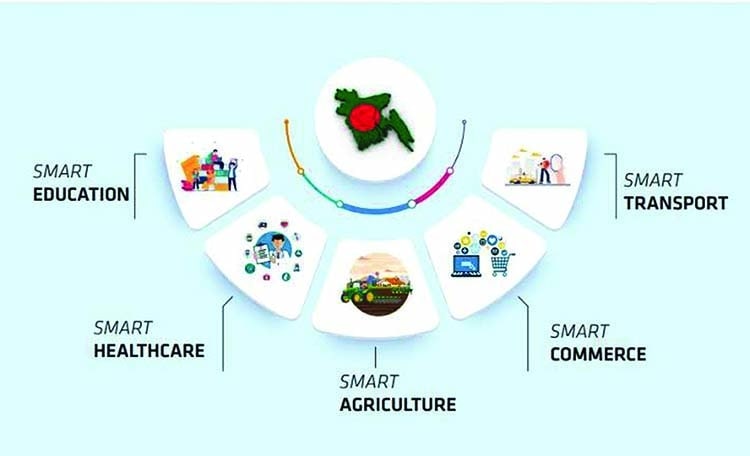Special education refers to the education of students with disabilities or special needs. Segregation in special education is the practice of isolating students with disabilities from the mainstream population and educating them in separate schools or classrooms. While segregation in special education was once the norm, there has been a shift towards inclusion in recent years. This article will examine the pros and cons of segregation in special education and explore alternative approaches.
Table of contents
The Pros of Segregation in Special Education
Proponents of segregation in special education argue that it provides students with disabilities with the specialized support and attention they need. Segregated schools and classrooms often have specially trained teachers and staff who are better equipped to meet the needs of students with disabilities. Students with disabilities may also benefit from being around other students who share their experiences and struggles. Segregated schools and classrooms can provide a sense of community and support that may not be available in mainstream schools.
Additionally, some parents of students with disabilities may prefer segregated schools or classrooms because they feel that their child will receive a higher level of attention and care. Segregated schools and classrooms may also offer more resources and services to students with disabilities, such as assistive technology, occupational therapy, and speech therapy.
The Cons of Segregation in Special Education
Critics of segregation in special education argue that it perpetuates discrimination and inequality. Segregated schools and classrooms can create a sense of inferiority and stigma for students with disabilities, who may feel isolated and excluded from the rest of society. Segregation in special education can also limit the opportunities and experiences of students with disabilities, who may miss out on important socialization and academic opportunities.
Segregation in special education can also have negative consequences for the broader community. It reinforces the idea that individuals with disabilities are fundamentally different and should be treated as such. This can lead to a lack of understanding and acceptance of individuals with disabilities in society as a whole.
Alternative Approaches to Segregation in Special Education
In recent years, there has been a shift towards inclusion in special education. Inclusion refers to the practice of integrating students with disabilities into mainstream classrooms and schools. The goal of inclusion is to provide students with disabilities with equal access to education, while also promoting understanding and acceptance of diversity.
One approach to inclusion is to provide students with disabilities with individualized support and accommodations within the mainstream classroom. This can include additional support from teachers or aides, modifications to the curriculum or assignments, and assistive technology. By providing students with disabilities with the support they need to succeed in the mainstream classroom, they are able to participate fully in academic and social activities.
Another approach to inclusion is to create specialized programs or classrooms within the mainstream school. These programs or classrooms may be designed for students with specific disabilities or needs, but are still integrated into the larger school community. This approach allows students with disabilities to receive specialized support while still being included in the broader community.
Conclusion
In conclusion, segregation in special education has both pros and cons. While it can provide students with disabilities with specialized support and a sense of community, it can also perpetuate discrimination and limit opportunities for students with disabilities. Alternative approaches to segregation, such as inclusion and specialized programs, offer a more inclusive and equitable approach to educating students with disabilities. By promoting understanding and acceptance of diversity, these approaches can help create a more inclusive and accepting society.


![Special education Teacher and Student Special education is an essential aspect of ensuring that all students have access to quality education, regardless of their abilities or disabilities. [The image represents a special education teacher and a student.]](https://www.bishleshon.com/english/wp-content/uploads/2023/03/Special-education-Teacher-and-Student-1068x601.jpg)
 For all latest articles, follow on Google News
For all latest articles, follow on Google News